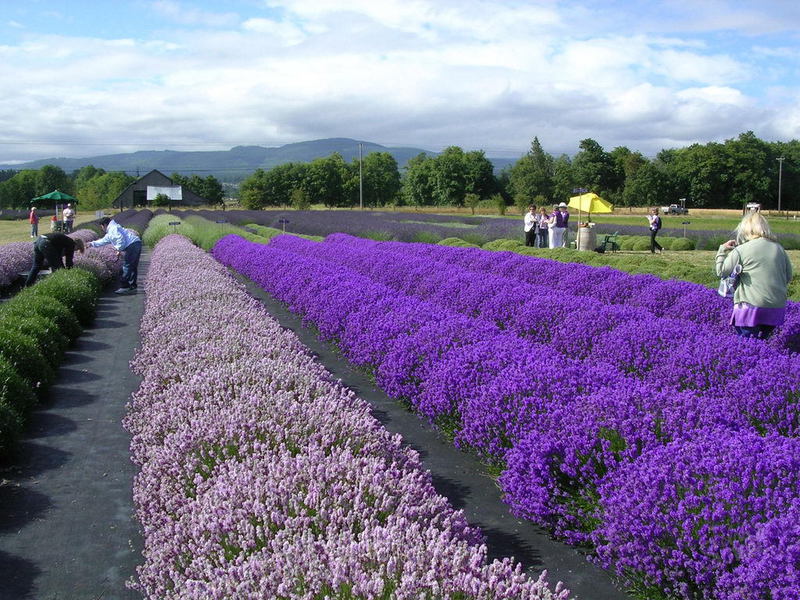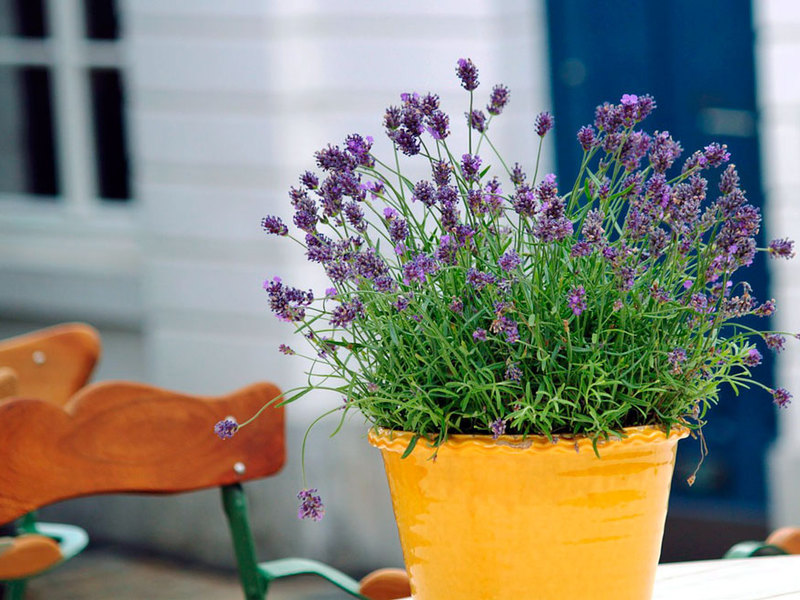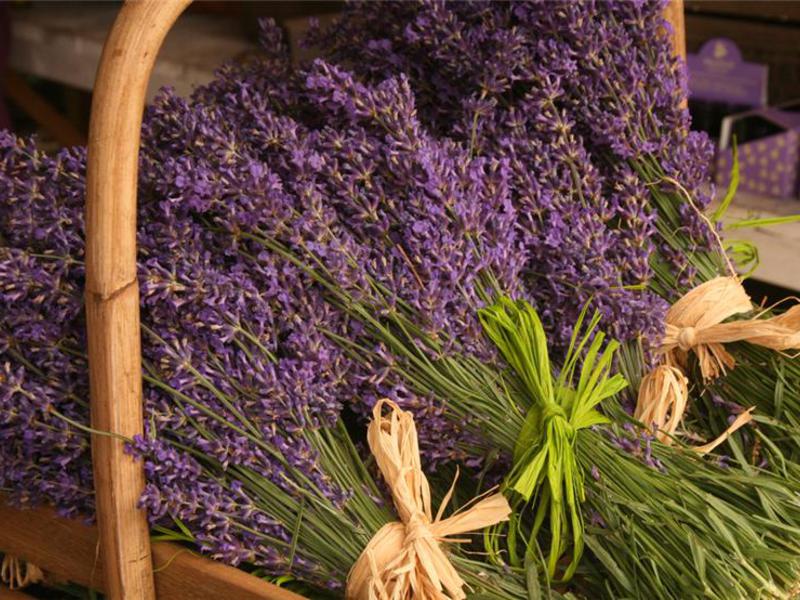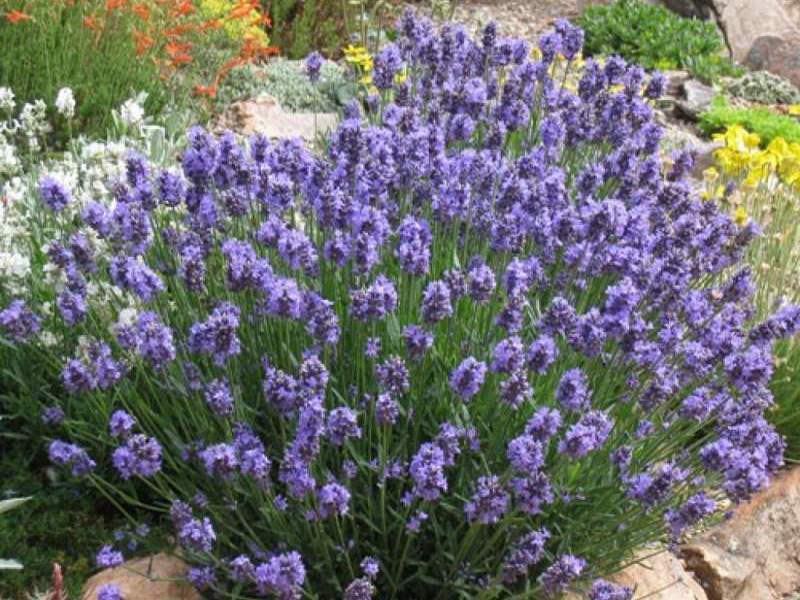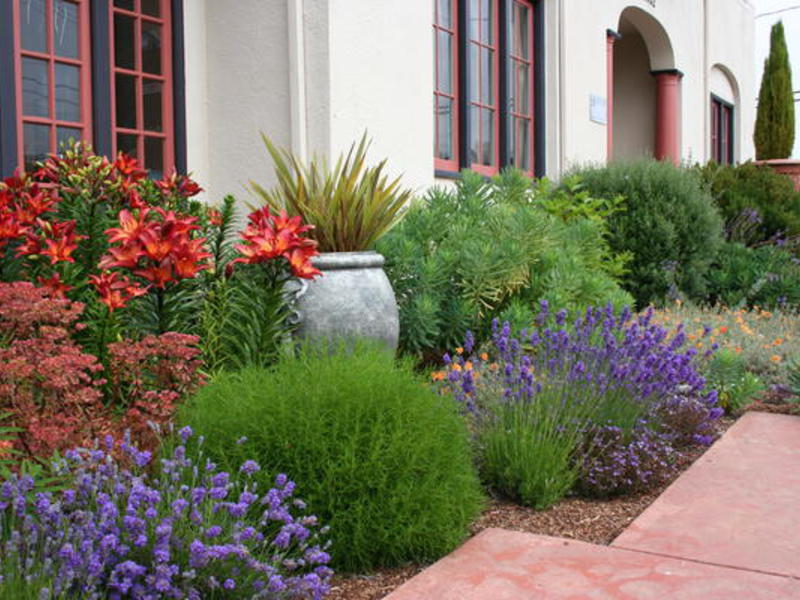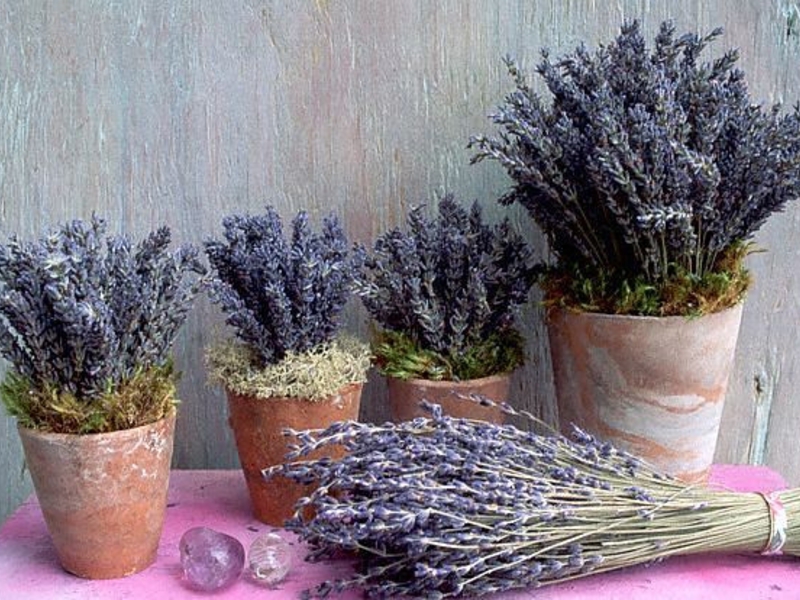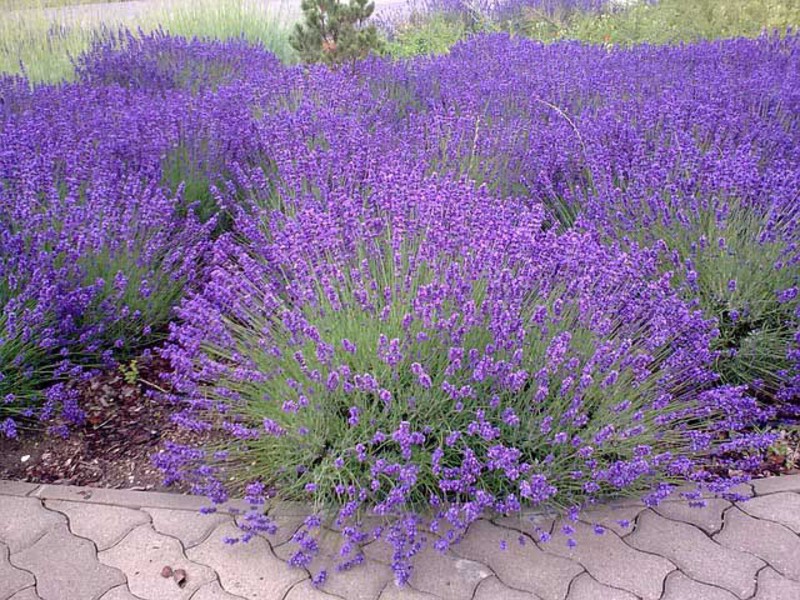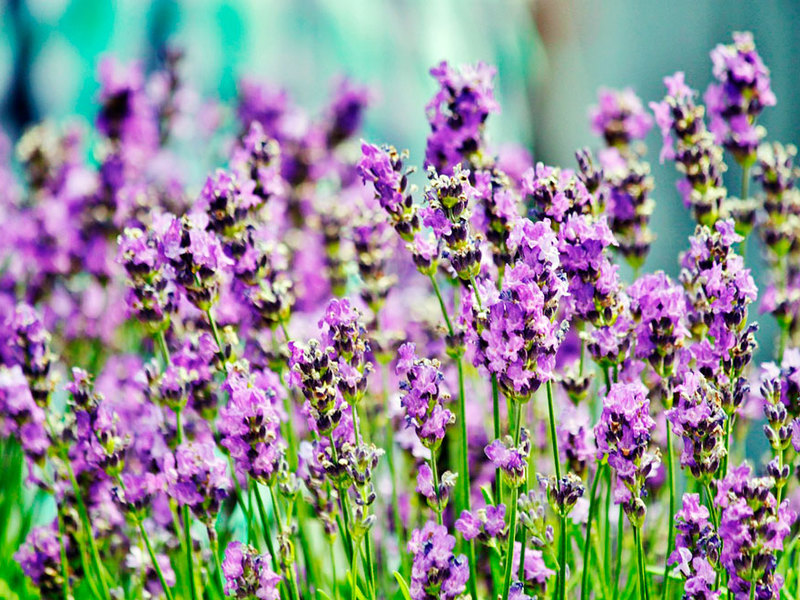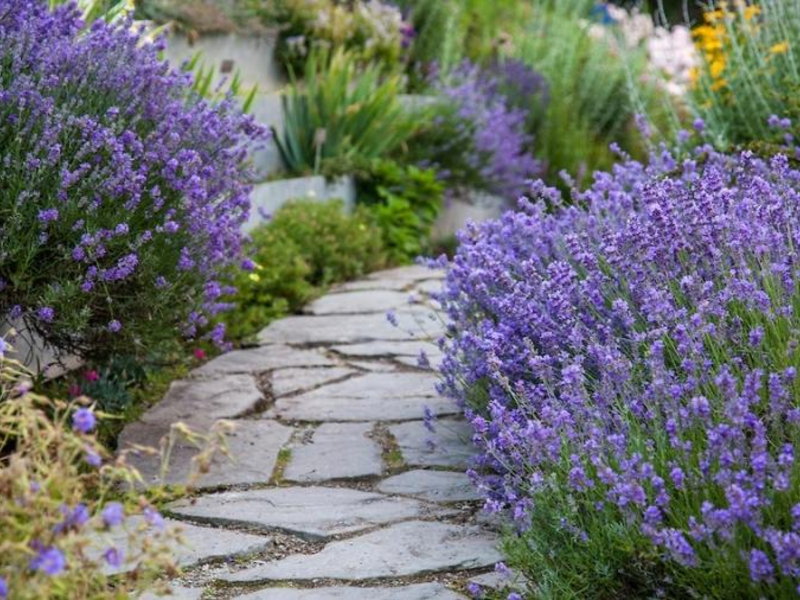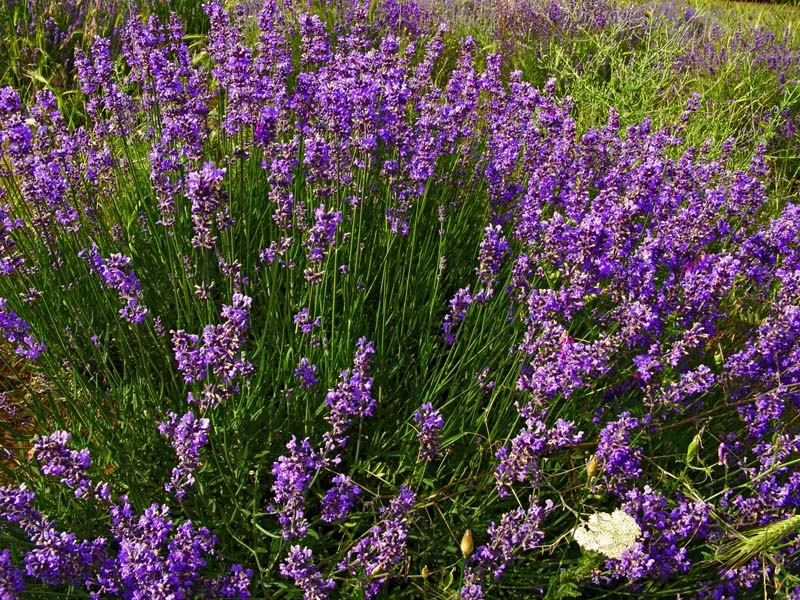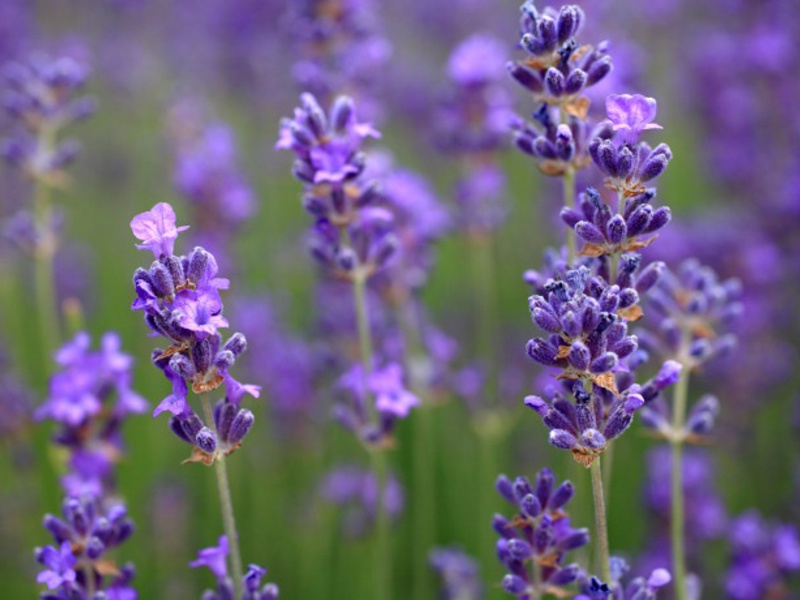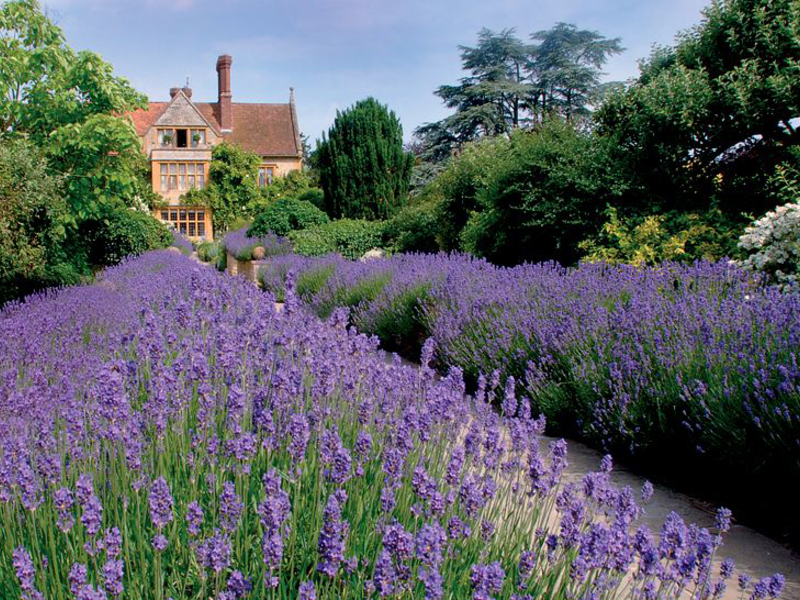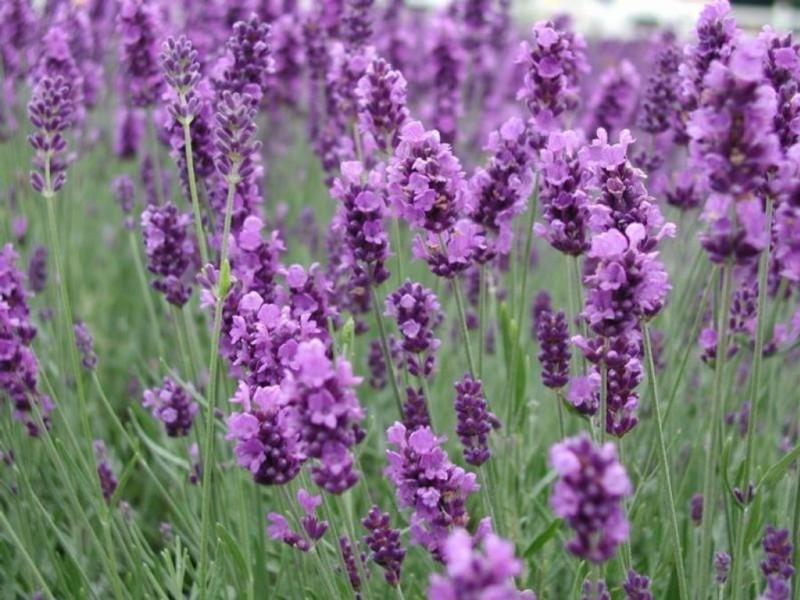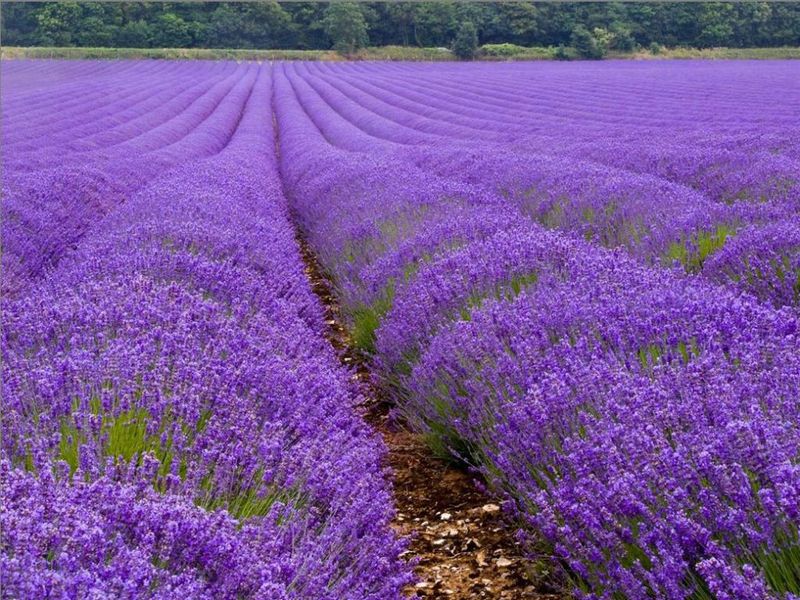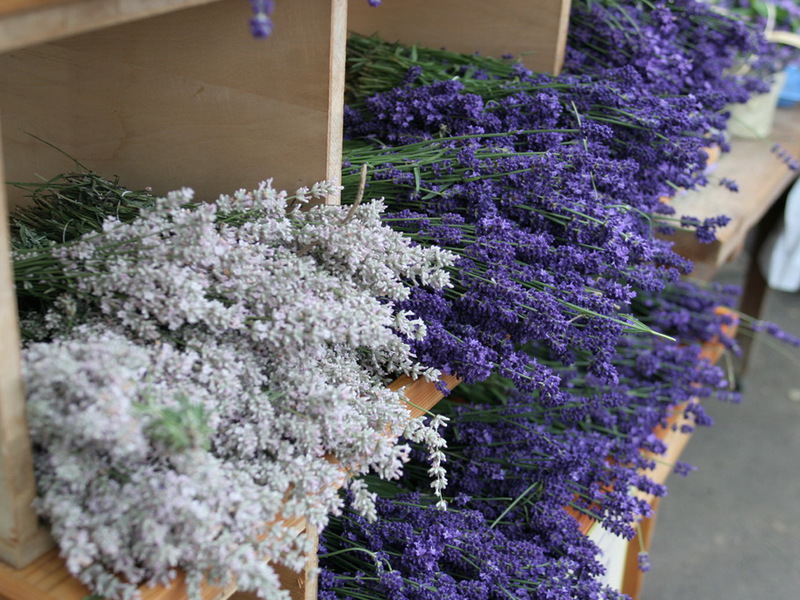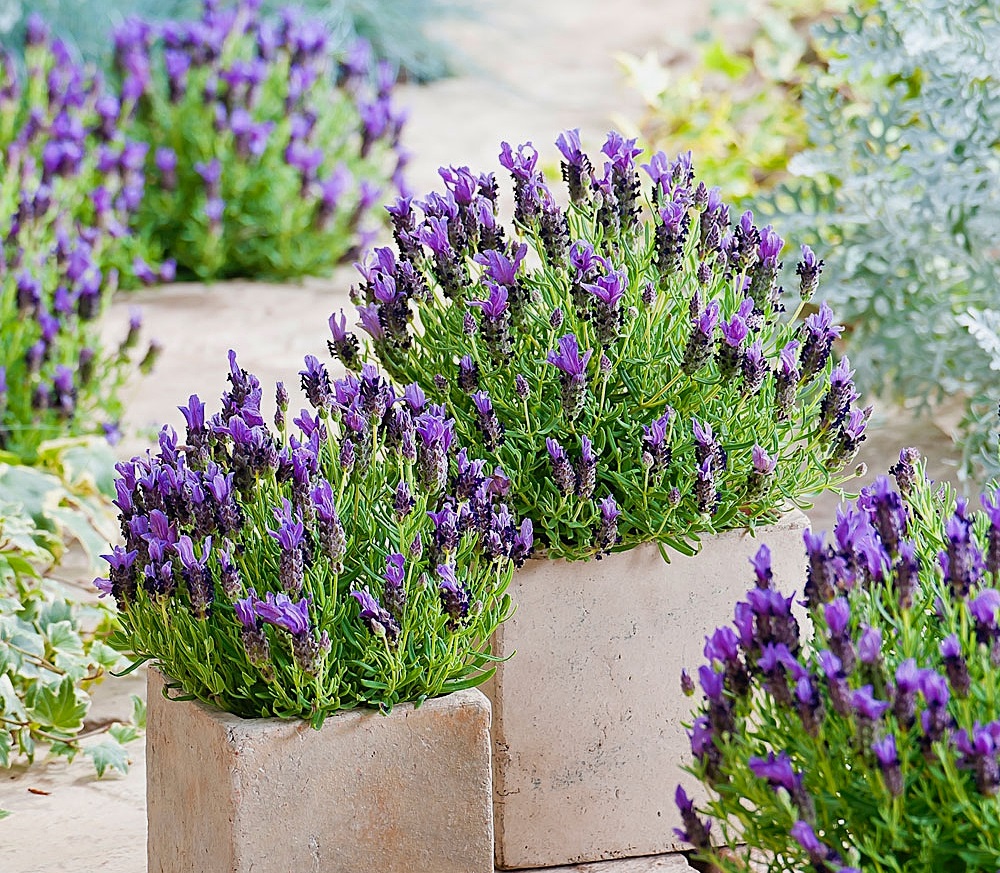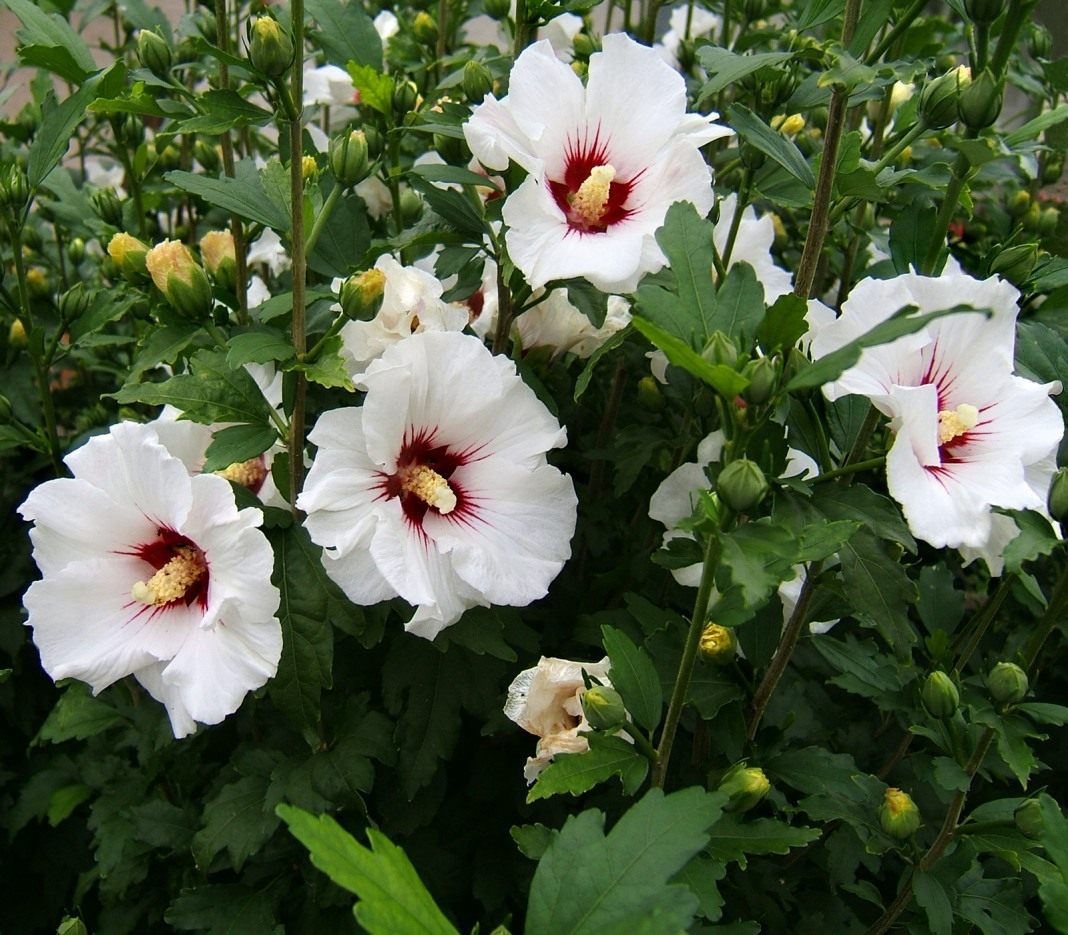Lavender is a flower, at the mention of which endless purple fields in French Provence appear before your eyes. But now in Russia, many professional florists and decorators, as well as amateur gardeners, are engaged in the cultivation of lavender. It is used to decorate an alpine slide, create a shrub curb, or simply to decorate a flower bed.
In nature, lavender grows beautifully on the slopes of the mountains, being held by roots of three meters in length. It represents perennial evergreen dwarf shrubwhose leaves are silvery, and the flowers range from traditional lilac to unimaginable white.
Species diversity
Today more than 45 varieties of lavender are known, but most often the following varieties are used when decorating a garden:
- Narrow-leaved lavender is the most common type. It is distinguished by its relative frost resistance and unpretentious care. It is also called English or true. This plant, with proper care, reaches a meter both in height and in diameter. There are also dwarf subspecies that do not grow above 30 cm.The leaves are narrow and small, gray-green in color. Flowering time is from June to July. English lavender comes in the most unpredictable colors:
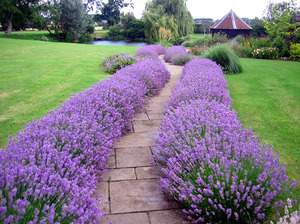 white,
white,- lilac blue
- pink,
- dark purple,
- white dwarf,
- pale pink dwarf.
- Broadleaf or French lavender - it is with this species that the history of all subsequent ornamental shrub varieties begins. Its flowers are characterized by long bracts with three inflorescences and a variety of shades. The flowering time of broad-leaved lavender is from May. Some gardeners consider a strong and very unpleasant aroma a disadvantage.
- Dutch Lavender or Hybrid - Typically used for industrial cultivation. Its shrubs reach a length of about 2 m, have large inflorescences with long stems. This species blooms from July and is considered the least hardy of all, therefore it is more popular in the gardens of southern and central Europe.
- Toothed lavender is a thermophilic variety, in our latitudes it can only be grown as a houseplant. The leaves are soft silvery, the flowers are large enough blue.
- Stratus lavender is an ornamental species with a strong scent and unusual bright purple flowers. The shrub grows mainly in Spain, Portugal, Turkey and Morocco, not reaching more than 50 cm in height. For Russia, the cultivation of this variety is possible only in pots with transfer to heat when cold weather sets in.
- Stekhad lavender fell in love with flower growers for the ability to bloom twice during the warm season - the first time the shrub blooms from March to June, and the second - at the end of August.
Growing lavender in your own garden
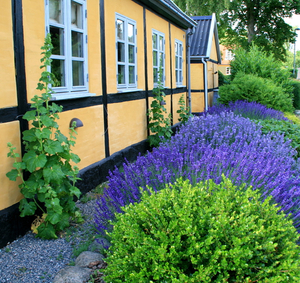 For the successful cultivation of lavender in the garden, a prerequisite is the right choice of location... This should be a fairly sunny area. Partial shade is also suitable for planting, but in such conditions you should not expect long and abundant flowering.
For the successful cultivation of lavender in the garden, a prerequisite is the right choice of location... This should be a fairly sunny area. Partial shade is also suitable for planting, but in such conditions you should not expect long and abundant flowering.
The flower is sensitive enough to the level of humidity, it does not suit swampy soil or a place where groundwater flows too high. Planting in the driest soil is considered preferable.If there is no choice, then experts recommend the device of artificial drainage layers.
Attention should also be paid to soil acidity level... Only alkaline or neutral soil is good for any kind of lavender. To reduce acidity, you can add a small amount of lime or ash to the soil before planting. In addition, regular composting will be beneficial to increase the nutrient content of the soil and improve its drainage qualities. But the introduction of nitrogen or manure can be detrimental to flowering.
Gardening experts often advise placing lavender in your garden next to vegetable crops - sharp and strong aroma, emanating from flowers, is able to repel insect pests.
When planting a plant in the ground, it should be borne in mind that the distance between individual bushes may not be more than their maximum height. In the case of a decorative hedge, this distance is halved.
Growing lavender from seeds
Experts believe that the most difficult way to grow lavender is growing a bush from seeds.
Before planting seeds in the soil, they need to be hardened. In warm European countries, where there are no strong frosts, stratification takes place naturally. For this, the selected seeds are planted directly in the soil at the end of autumn. In our climatic zone, it is more acceptable artificial stratification... Lavender seeds should be mixed with sand, poured into a small container, wrapped in plastic wrap and stored in the refrigerator for about a month and a half.
Prepared lavender seeds are planted towards the end of spring in greenhouses along with sand under a not too thick layer of soil. And when the first shoots appear, they can be safely transplanted into pre-prepared places.
One of the disadvantages of this growing method is the long preparation of the plant itself for flowering: for the first year or two, the shrub will grow the root system, the flowers will appear much later.
Growing lavender from cuttings
This is a fairly simple method and is used very often in practice. First you need to prepare cuttings from woody shoots of one or two years old, which are then cut off no more than 10 cm long. planted in loose soil by 2-3 cm, cover with foil and watered regularly. The roots of the cuttings germinate very quickly, after which it can be transferred to open ground.
Growing lavender using the stem layering method
 This lavender propagation method is considered the easiest. All that is required from the grower is to lay one branch of the bush you like horizontally, cover it completely with earth and put some kind of load on top. After about a few months, the cutter has its own root system, it can already be cut off from the parent bush and planted on its own. The cut point is necessary sprinkle with crushed coalto avoid decay of the main bush.
This lavender propagation method is considered the easiest. All that is required from the grower is to lay one branch of the bush you like horizontally, cover it completely with earth and put some kind of load on top. After about a few months, the cutter has its own root system, it can already be cut off from the parent bush and planted on its own. The cut point is necessary sprinkle with crushed coalto avoid decay of the main bush.
Growing lavender from shoots
Another breeding method that can be easily used in practice. In the fall, the selected bush is cut off by 10 cm and sprinkled with soil, then with the onset of spring you need to cut it off again. Next fall, there will be enough shoots to divide the bush into several new ones.
Plant care
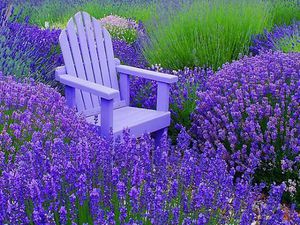 When deciding on decorating a garden with lavender, one must remember about its low frost resistance and the need to cover the shrub with branches of coniferous plants for the winter. It is better not to use foliage to warm the plant, because lavender bushes can rot.
When deciding on decorating a garden with lavender, one must remember about its low frost resistance and the need to cover the shrub with branches of coniferous plants for the winter. It is better not to use foliage to warm the plant, because lavender bushes can rot.
Besides, the plant does not tolerate high humidity... If the region of planting is characterized by prolonged rains, then young shoots are best cut off so that the bush does not touch the fungus. Watering should be done as the soil dries out.
For the growth of the bush and the formation of new shoots, it is necessary to regularly huddle and mulch.It is better to do this in spring and autumn. Cutting also plays a big role and can prolong the life of the plant. Pruning is carried out immediately after flowering, cutting off the stems by no more than 2 cm, and the main shortening is carried out in early autumn, while leaving a few fresh shoots.
Like any ornamental plant, lavender is susceptible to various diseasesdespite the fact that the aroma is able to protect it from many pests.
- Gray rot is considered especially dangerous, which must be removed along with the affected area of the stem and burned.
- The penny insect uses places covered with rot to lay its larvae. Although this does not lead to the death of the plant, it still spoils its appearance.
- In addition to common diseases for toothed and French lavender, the rainbow beetle is dangerous, which can be eliminated manually by collecting it from each bush.
Very beautiful photos of English lavender are presented in our gallery.
